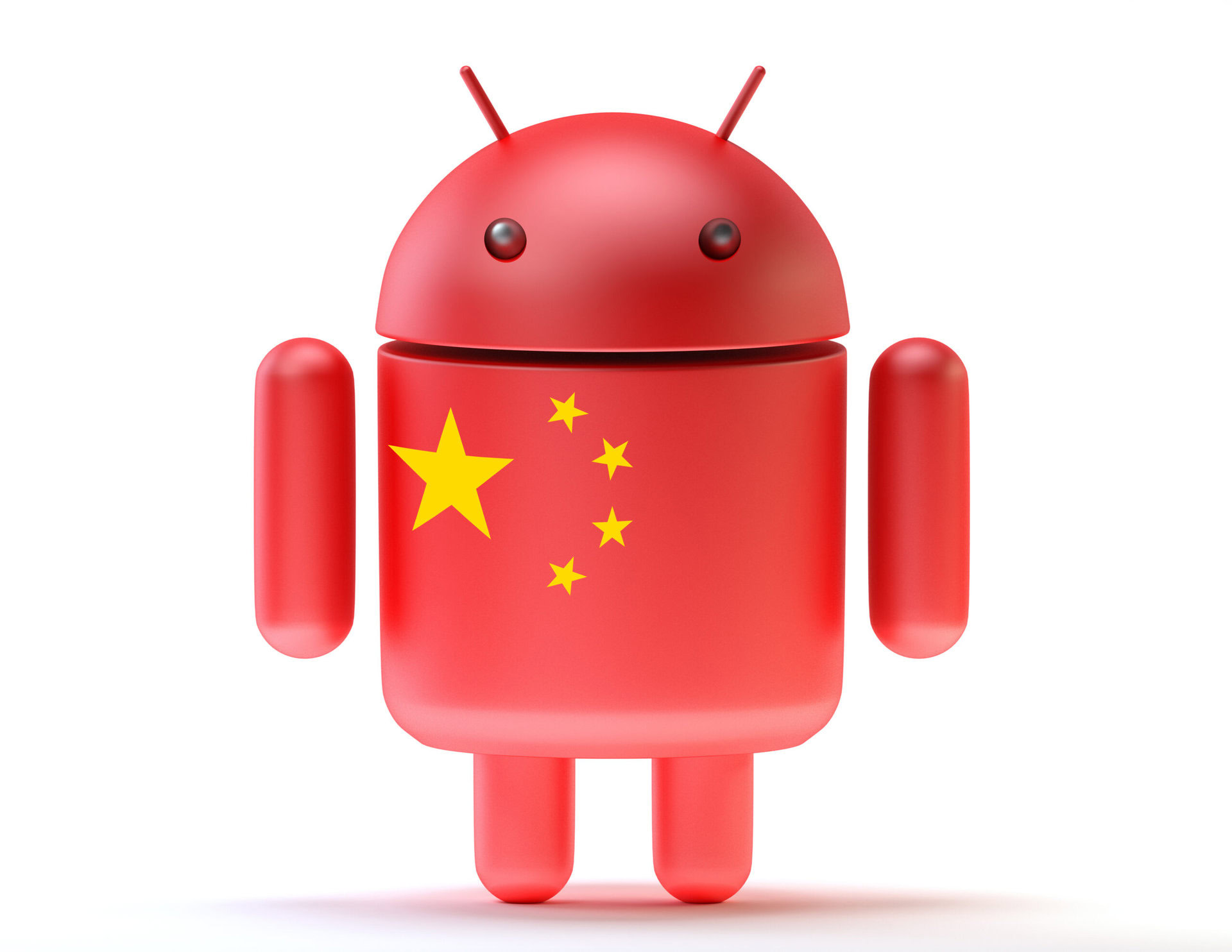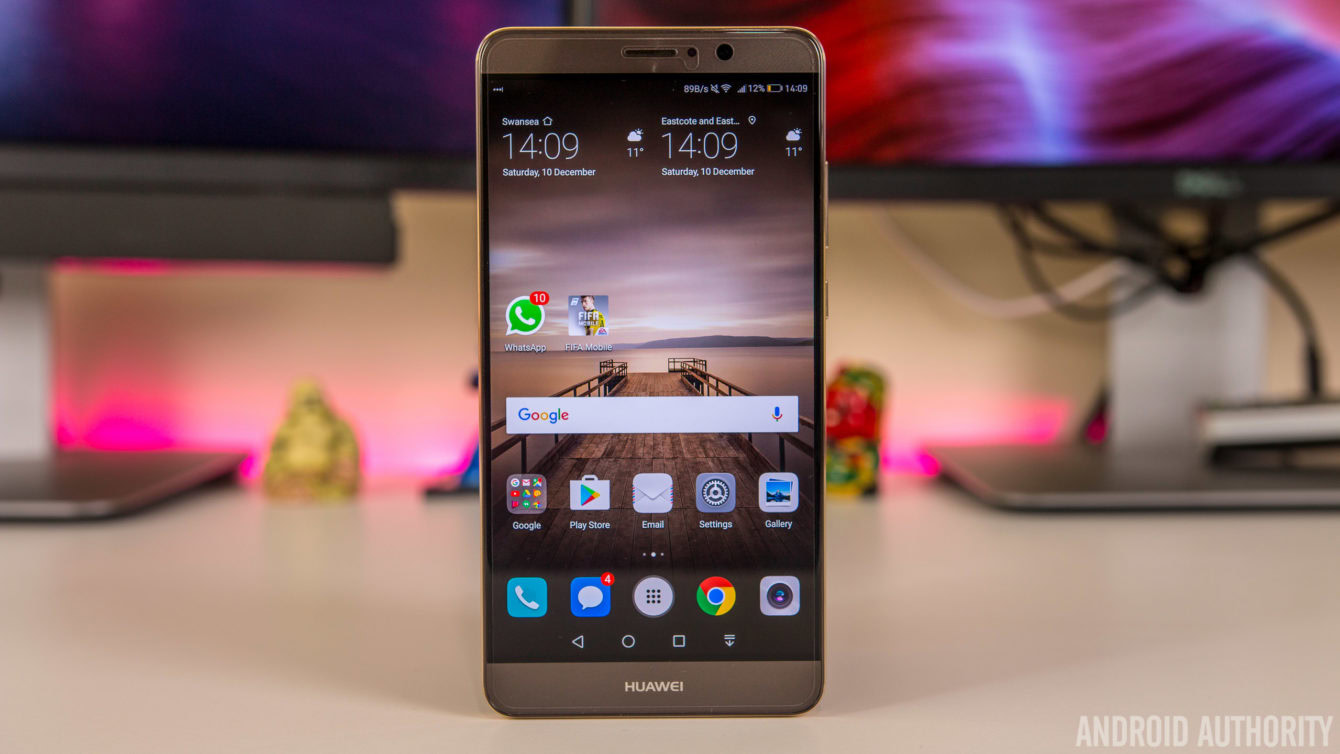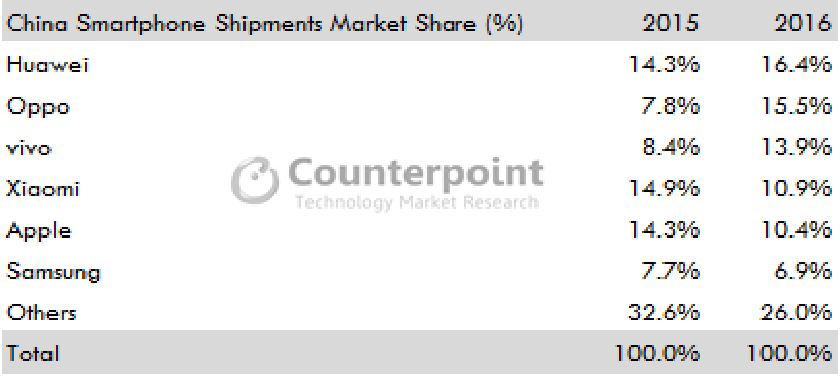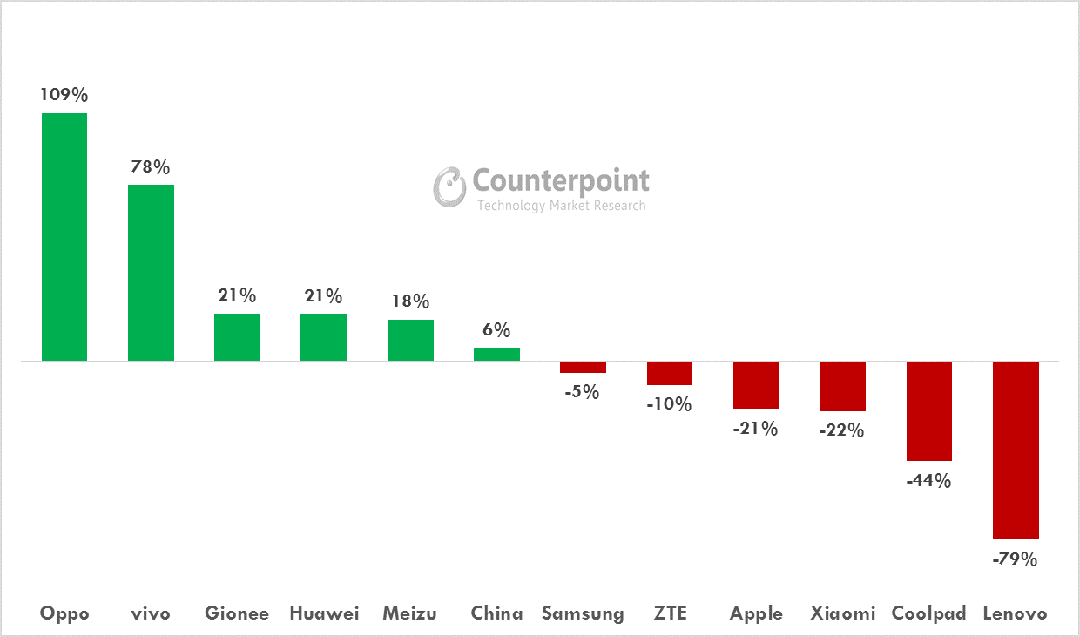Affiliate links on Android Authority may earn us a commission. Learn more.
Why you should be keeping a close eye on China in 2017

When it comes to smartphone markets there are two sides to the coin: the highly attractive consumer mentality of Western markets in America and Europe and the sheer numbers of potential customers in India and China. Both are equally viable, but traditionally very few companies have managed to bridge the divide. But those days are numbered.
HUAWEI is a case in point. The company has skyrocketed in popularity, from a company no one in the West could even pronounce the name of a few years ago, to a household name in mobile devices in a number of markets outside of Asia. HUAWEI is now the world’s third largest smartphone manufacturer behind Samsung and Apple, who have held the top two spots since 2011.
The Nexus 6P, HUAWEI P9, Mate 9 and HUAWEI Watch have become synonymous with the very best China has to offer. HUAWEI’s design styling and premium build quality has increasingly helped the company stand out from the Chinese pack. It’s the undeniable quality of HUAWEI’s products that has helped it appeal to Western audiences in Europe, even if the company still has a long way to go in the U.S..

Huawei, OPPO and vivo
Back in China, HUAWEI has the largest market share with 16.4 percent, but its position at the top is increasingly under threat from some equally skyrocketing rivals like OPPO and vivo. HUAWEI has the safety net of network infrastructure and chipset manufacture for its own devices to rely on, but even that can’t insulate it completely from local handset competition.
In 2015, HUAWEI went from sharing second spot in China with Apple (behind Xiaomi), to a comfortable first place position in 2016 with OPPO and vivo in second and third place respectively. HUAWEI reports its shipments grew by 30 percent and its revenue by a staggering 50 percent. But even as HUAWEI has grown impressively in the last year, OPPO and vivo have grown exponentially faster.

In a year where smartphone market growth was restricted to dingle digits globally, OPPO doubled its Chinese market share in 2016 (from 7.8 percent to 15.5 percent) on the back of the insanely popular OPPO R9. In fact, the R9 was the single most popular device in the country in 2016, selling twice the volume as its closest rival, the Apple iPhone 6s.
vivo enjoyed an only slightly lower level of growth, scooping 13.9 percent of the local market from just 8.4 percent the year before. If the success of HUAWEI and Xiaomi in years past has taught us anything, it’s that local success breeds international ambitions. We may still be waiting for the rest of Xiaomi’s global rollout to occur, but the company’s U.S. plans have been public for some time now.
Following that logic, and the very real possibility that HUAWEI will be toppled in the domestic market this year, it would be strange if we didn’t see expansionist goals from both OPPO and vivo. They too may take a few years to happen, but I’d be very surprised not to see a Western mobile landscape with an increasing number of Chinese names in years to come.

The next few years
Of course, this isn’t to say that South Korea won’t remain the dominant force it has been for years. But for Samsung (and Apple for that matter) to lose some market share to fresh competition can only be healthy for the ecosystem. Just look at the incredible designs coming out of China recently including the Xiaomi Mi Mix and HONOR Magic. HUAWEI even fixed up its previously awful UI.
There are of course significant considerations like network compatibility, brand awareness, security concerns, carrier agreements, licensing and patent disputes to contend with, but HUAWEI is in the midst of showing its local competitors just how good overcoming those barriers can be for the bottom line.
Chinese smartphone shipments hit an all-time high in 2016 with double digit growth nationally. That trend is only set to continue as the fight for top spot heats up and more and more of the population get mobile.
Even as global smartphone shipments plateau, China is still one of the great, largely-untapped audiences in the world. But when Chinese companies enjoy huge domestic success, suddenly the rest of the world becomes an untapped audience for their wares. And I for one can’t wait for that day.